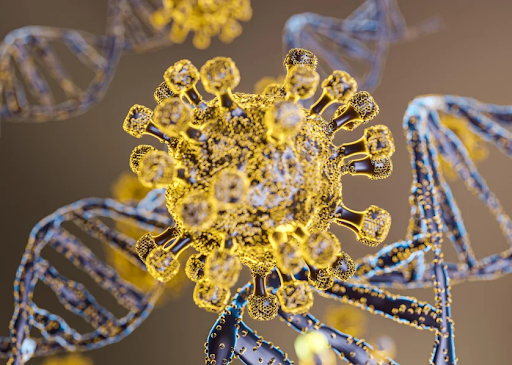Monoclonal antibody technology has evolved rapidly since the first hybridoma was developed in the 1970s. While murine (mouse-derived) antibodies were groundbreaking, their use in humans was limited due to immunogenicity, leading to adverse immune reactions. The development of chimeric antibodies marked a major milestone, bridging the gap between murine antibodies and fully human antibodies. This blog explores what chimeric antibodies are, how they are structured, their mechanism of action, and where they are applied in modern medicine and research.
What Are Chimeric Antibodies?
Chimeric antibodies are monoclonal antibodies engineered by combining murine variable regions (responsible for antigen binding) with human constant regions (responsible for effector functions). This genetic fusion produces an antibody that retains the specificity of the mouse antibody but has a mostly human backbone, significantly reducing the risk of immune rejection in patients.
Typically, chimeric antibodies are about 65-75% human in sequence content. They are commonly identified by the “-ximab” suffix in their generic names (e.g., infliximab, rituximab).
Structure of Chimeric Antibodies
The structure of a chimeric antibody resembles a conventional IgG molecule, but with species-specific domains:
- Variable Domains (VH and VL): Derived from mouse (or other non-human species) to retain antigen specificity.
- Constant Domains (CH and CL): Derived from human IgG to improve compatibility with the human immune system.
- Fc Region: Human-derived, enabling interaction with Fc receptors and complement proteins for immune effector functions.
This hybrid design allows chimeric antibodies to combine mouse precision in antigen recognition with human immune system compatibility.
Functions and Mechanisms of Action
Chimeric antibodies work by binding to their target antigen and triggering immune mechanisms to eliminate or neutralize it. Key functions include:
- Antigen Neutralization– Blocking the activity of cytokines, receptors, or other molecules.
- Antibody-Dependent Cellular Cytotoxicity (ADCC)– Recruiting immune cells like NK cells to destroy target cells.
- Complement-Dependent Cytotoxicity (CDC)– Activating the complement system to lyse target cells.
- Opsonization– Marking cells for phagocytosis by macrophages and neutrophils.
Key Applications of Chimeric Antibodies
- Cancer Therapy
Chimeric antibodies are widely used in oncology for targeting tumor-associated antigens.
- Example: Rituximab targets CD20 on B cells and is a mainstay treatment for non-Hodgkin lymphoma and chronic lymphocytic leukemia.
- Autoimmune and Inflammatory Disorders
They are used to block pro-inflammatory cytokines or deplete immune cells driving autoimmunity.
- Example: Infliximab targets TNF-α and is used in rheumatoid arthritis, Crohn’s disease, and ulcerative colitis.
- Transplant Medicine
Chimeric antibodies help in preventing organ rejection by selectively depleting immune cells.
- Example: Basiliximab targets IL-2 receptor (CD25) to prevent acute rejection in kidney transplant recipients.
- Infectious Diseases
Some chimeric antibodies are being explored for targeting pathogens such as viruses or bacteria for passive immunization.
- Research Tools
Chimeric antibodies serve as valuable reagents for studying immune cell function and as templates for developing fully humanized antibodies.
Advantages of Chimeric Antibodies
- Reduced Immunogenicity: Compared to fully murine antibodies, they cause fewer anti-drug antibody (ADA) responses.
- Improved Half-Life: Human constant regions provide better pharmacokinetics in humans.
- Effector Function Compatibility: Fc region allows interaction with human immune effector pathways.
- Established Manufacturing: Well-characterized production methods make them relatively cost-effective.
Limitations
Despite their benefits, chimeric antibodies can still trigger human anti-chimeric antibody (HACA) responses, which may reduce therapeutic efficacy over time or cause infusion reactions. This limitation led to the development of humanized and fully human antibodies with even lower immunogenicity.
Conclusion
Chimeric antibodies represent an important step in antibody engineering, combining murine specificity with human compatibility to produce safer and more effective therapeutics. They have transformed the treatment of cancers, autoimmune disorders, and transplant rejection. As antibody technologies continue to advance, chimeric antibodies remain an essential part of the therapeutic landscape and a foundation for next-generation biologics.



